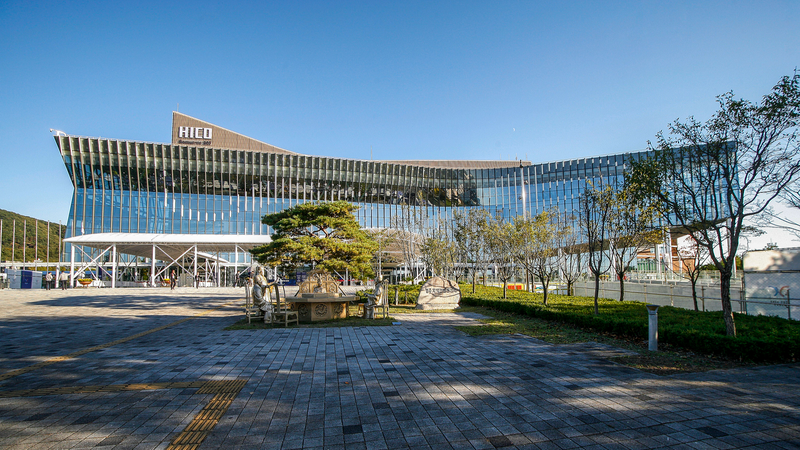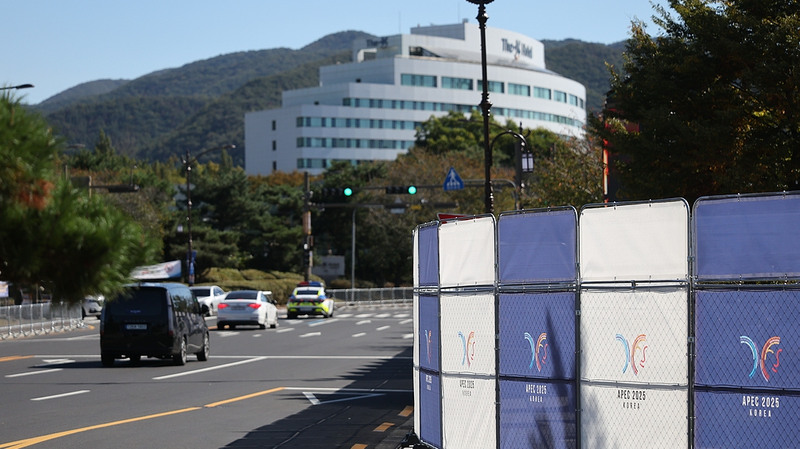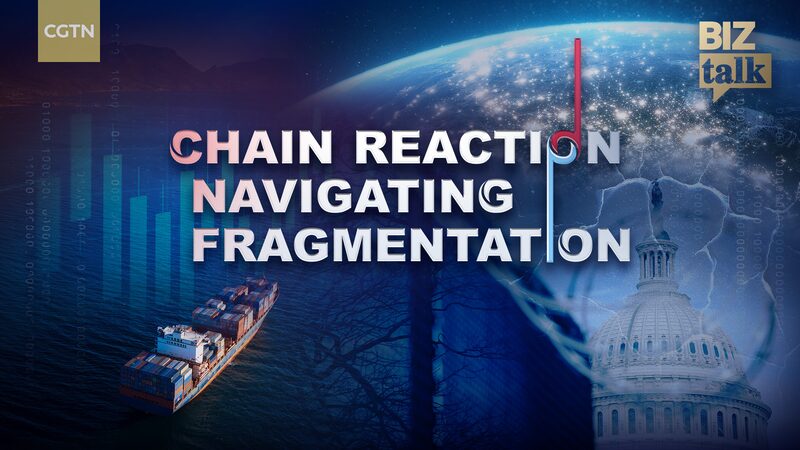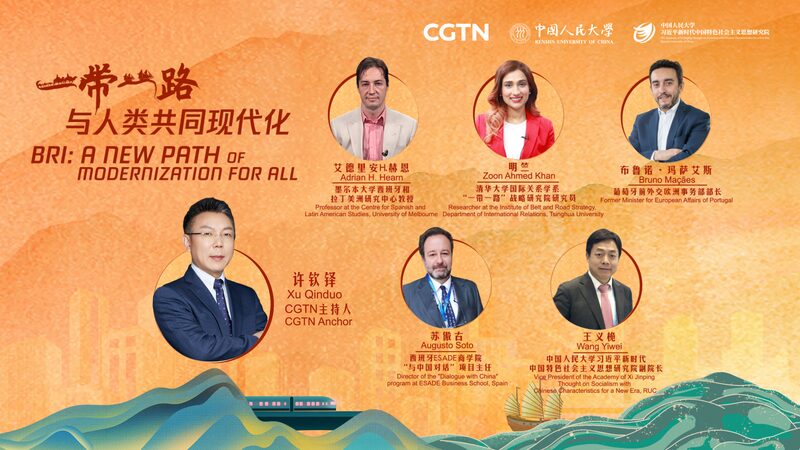As the 2025 APEC meetings concluded this week, regional leaders and experts emphasized collaborative strategies to address economic disparities while navigating technological transformation. The forum's outcomes spotlight digital innovation, green energy transitions, and supply chain resilience as pillars for sustainable development across APEC's 21 member economies.
During a post-summit analysis, Queensland University of Technology's Warwick Powell noted: "The shift toward AI-driven manufacturing requires workforce upskilling programs that leave no economy behind." Center for International Governance Innovation senior fellow Einar Tangen highlighted climate financing mechanisms, stating: "Cross-border carbon credit systems could accelerate renewable energy adoption in developing member states."
BRI Caucus director Bunn Nagara underscored infrastructure connectivity's role: "Harmonized standards for port modernization and digital trade platforms will reduce bottlenecks across the Asia-Pacific." Discussions also addressed food security initiatives, with members committing to share agricultural technology through APEC's Policy Partnership on Food Security.
While avoiding direct references to geopolitical tensions, participants reaffirmed APEC's non-binding consensus model as crucial for maintaining dialogue amid diverse political systems. The 2026 host economy will be announced following final consultations.
Reference(s):
Live: APEC insights – Fostering inclusive growth in the Asia-Pacific
cgtn.com








